The last of the 4 plots in the 4-year crop rotation is onions & root vegetables. Plants in the onion family, otherwise known as alliums, grow below the ground. Root vegetables are a collection of plants from different ‘families’, where the edible root grows below ground. Legumes will follow in this plot next year, with brassicas the year after, and nightshades the year after that.
The alliums that I’ve chosen are garlic and onions, and the root vegetables are carrots, parsnips and beetroot. Plants like these where the main part grows below the ground don’t like to be transplanted, so you should sow the seeds directly outside into their final growing position for all of these plants. Garlic is most commonly grown from garlic cloves rather than seeds. Onions are also usually grown from immature onions, called onion sets, but can also be grown from seed as well, although success rates are lower.
Garlic
When it comes to garlic you have two types, hardneck and softneck. Within these there are many varieties, but hardneck and softneck have some key differences. Softneck stores for longer, has smaller but more cloves, is less likely to bolt and is less hardy than hardneck garlic.
When to plant
Most varieties will want planting in late autumn or early winter, but some can be planted in early spring. Check the variety that you are using for more precise times.
Where to plant
Split the bulb into cloves and plant them straight into the ground in their final growing position, about 1 inch deep, spaced roughly 6 inches apart, with roughly 1 ft between rows.
Growing
Once growing, garlic needs little maintenance. Water during dry spells and cut off any flower stems that form.
Harvesting
You can harvest a few leaves while the bulbs are growing if you wish.
Once the leaves of the plant have turned yellow, the bulbs are ready to harvest. For autumn planted garlic this will likely be around June, and for spring planted garlic this will likely be July – September. Carefully dig the bulbs up with a fork, or loosen the soil and pull up the plants.
Bulbs will store better if you don’t leave them in the ground once they are ready.
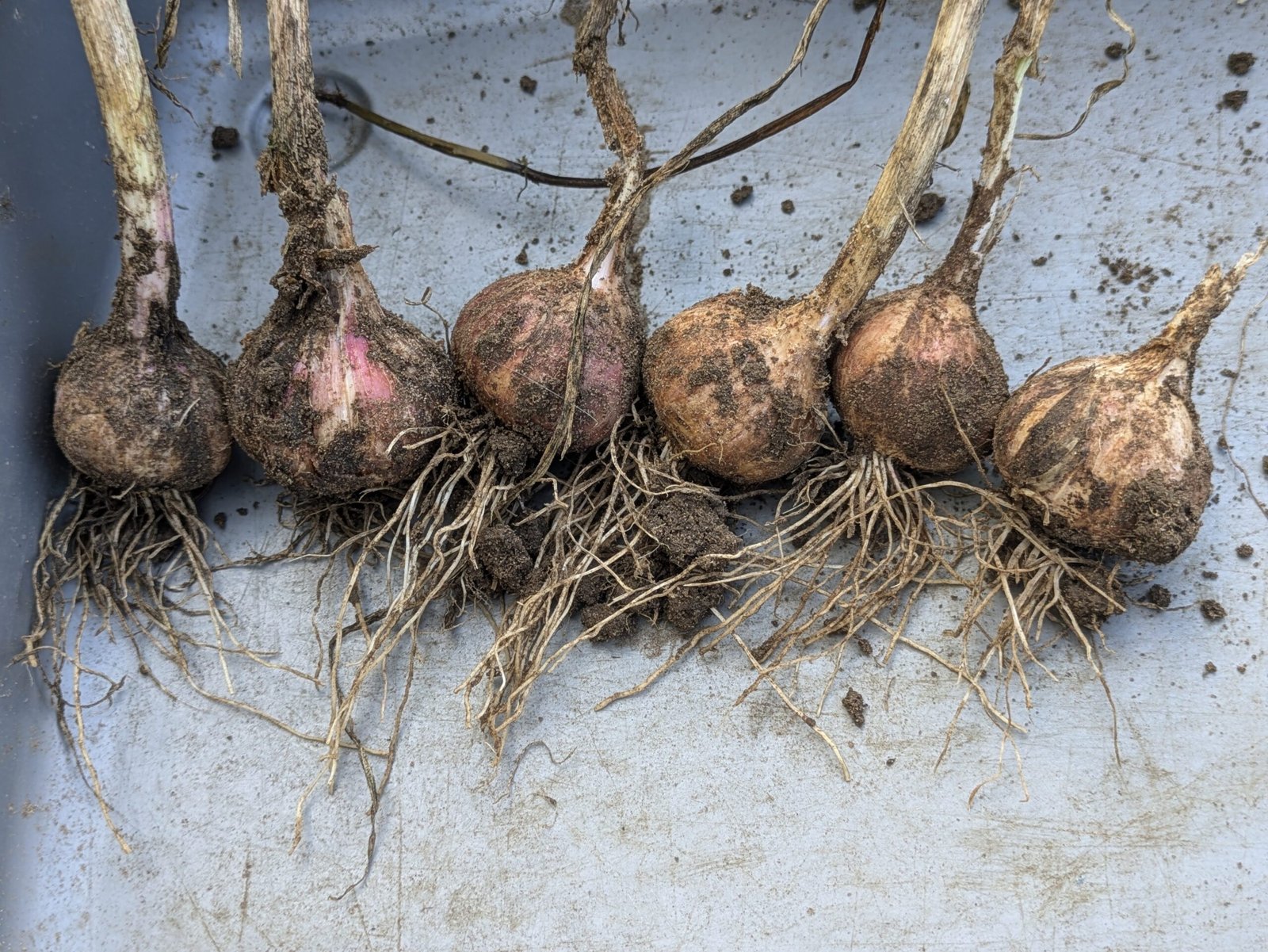
Onions
When to plant
If you are sowing seeds inside, then sow them in January or February.
If you are sowing seeds outside, then sow them between February and April.
If you are planting outside from onion sets, then plant them between mid-March and mid-April.
Where to plant
If you are sowing seeds inside, then sow 2 seeds per module in a modular tray, thinning out to 1 if multiple sprout. You’ll probably want a heated propagator to get seedlings to appear, as they will want to be 10-16°C.
If you are sowing seeds outside, then sow them outside in their final growing position, 1/2 inch deep, either in a trench or individual holes. They want to be grown about 4 inches apart, with rows being 10-12 inches apart. You can sow more and thin them to this distance due to the low germination rate.
If you are planting from onion sets, then plant them outside in their final growing position, about 3/4 inch deep in rows 4 inches apart with rows 10-12 inches apart. so that the tip is just showing on the surface.
Growing
Water every couple of weeks during dry spells, but once the onions have swollen around July (mid-summer), stop watering them.
Remove flower stems that start to form, unless you are saving seeds or want them to flower (they will put energy into flowers and later seed production instead of growing the bulb).
Birds may pull up newly planted sets, so you can cover them with fleece or netting until they start to grow to protect them.
Harvesting
They should be ready to harvest from August to October. Harvest when the stems are yellowing and falling over, but before they have died down completely. Carefully lift them with a fork, or loosen the soil and pick them up.
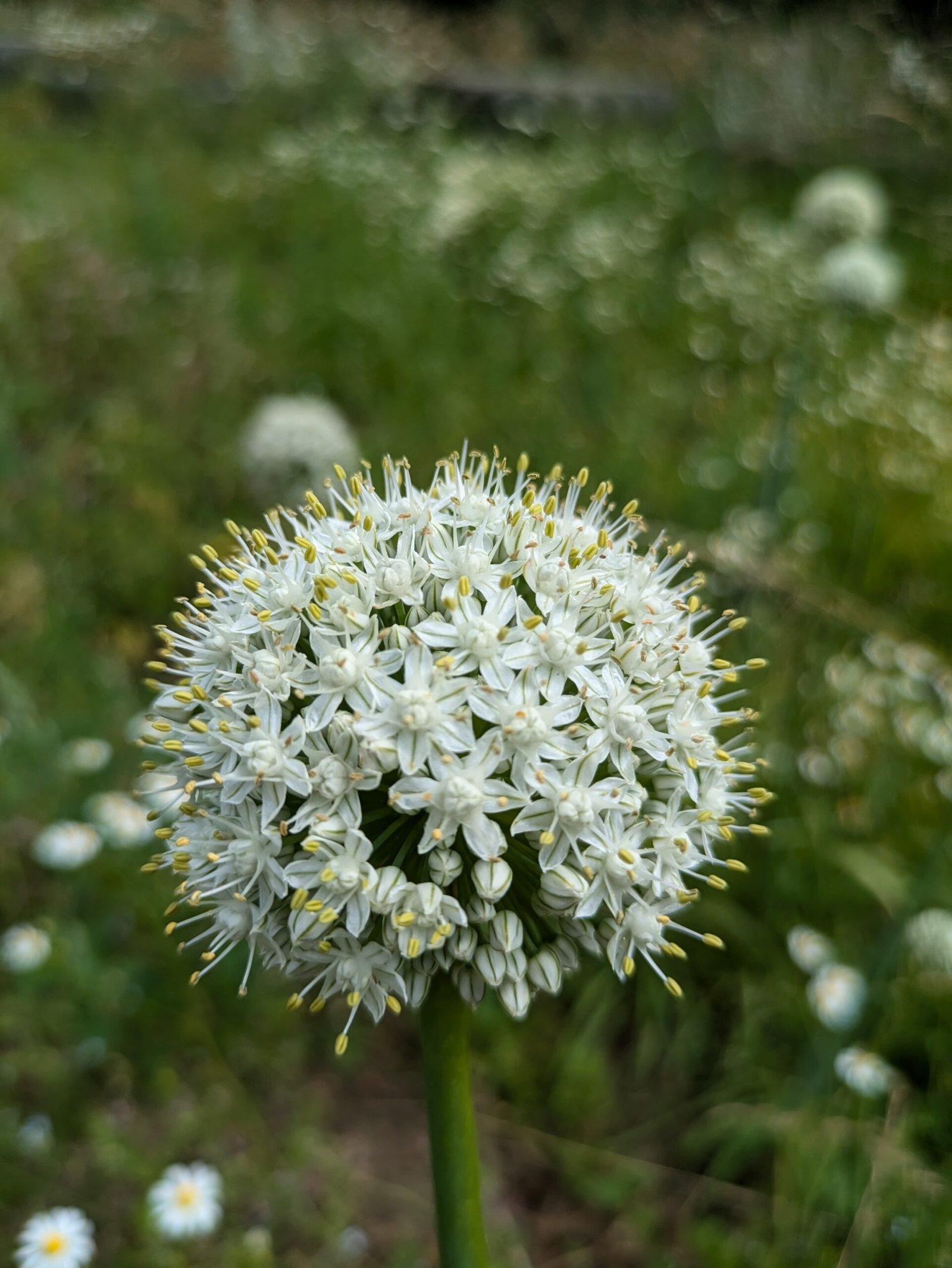
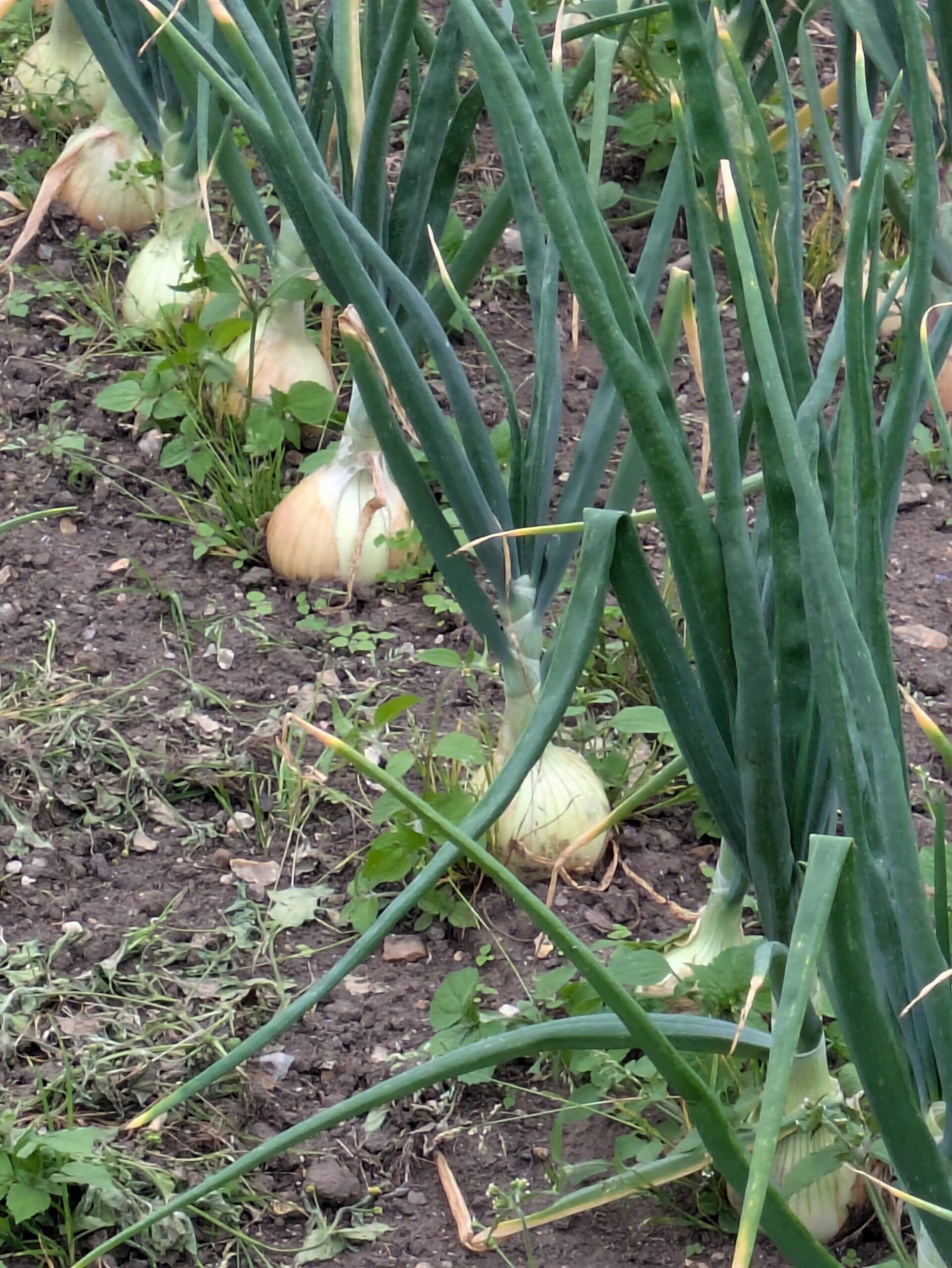
Beetroot
When to plant
Sow seeds outside between March and July, sowing a few every week if you want ongoing harvests for up to 5 months.
Where to plant
Sow seeds directly outside in their final growing position. Make a very shallow trench or individual shallow holes to plant seeds. If you sow more seeds than you need, and more come up than you want to grow, then pick out the shoots and eat or compost them, or you can allow them to start growing and harvest the plant very young. Space plants 4 inches apart.
Growing
Seedlings aren’t commonly eaten by birds, but they can be, so you can protect them with netting if you wish. Once established they shouldn’t need watering, unless in a dry spell, where watering every 10-14 days is recommended.
Harvesting
The roots can be harvested from June until October, depending on the variety and sowing time. Check your seed packet and note down your sowing time to see when you should harvest them. Loosen the soil and then pull up the plants. If you are only harvesting some, pick alternate roots in the row.
You can also eat beetroot leaves. If you are harvesting the leaves young to eat raw, then pick some leaves from the plant, but never more than 1/3 of the leaves on a plant. If you are going to cook them like spinach, you can use mature leaves for that, which will be when you harvest the root.
Carrots
When to plant
Sow seeds outside between February and July. You can do regular sowings, but carrots can stay in the ground for a while after they are fully grown, so regular sowings aren’t necessary unless growing to use as baby carrots.
Where to plant
Sow seeds directly outside into their final growing position. Make a very shallow trench or individual shallow holes to plant seeds. Carrots want to grow around 2-3 inches apart. You will usually get hundreds if not thousands of carrot seeds in a packet, so you don’t need to worry about trying to sow these precisely, you can just sprinkle them. Pick out extras that grow, or if there’s space, let them grow to baby carrots and then harvest them, leaving the remaining carrots with enough space to grow to full size.
Growing
Carrots are drought resistant, but may want soaking during a long dry spell.
Carrot flies can be a problem for carrots, so you can cover them with an insect proof mesh net if you want (they won’t flower unless you let them go to seed).
Companion planting can also help you to protect your carrots from carrot flies. Planting them close to plants in the allium family, such as the garlic and onion listed here, can mask the smell from carrot flies. You can also plant rosemary, dill or parsley fairly nearby in the garden, as these are some of the herbs that attract ladybirds and hoverflies, which can eat carrot flies.
Harvesting
Carrots should be ready to harvest 12 – 16 weeks after sowing, but they can be left in the ground into winter. Loosen the soil and pull up the plants. When harvesting the roots, you can use the carrot tops (leaves) in cooking or raw in salads.
Parsnips
When to plant
Sow seeds outside between March and May. They will germinate best when the temperature is at least 12°C, so try to plant seeds outside around the time your location will be this temperature.
Where to plant
Sow seeds directly into their final growing position. Make a very shallow trench or individual shallow holes to plant seeds. Due to their long and sometimes inconsistent germination you might want to ‘oversow’ the seeds and then pick out the extras as talked about above. They can take a while to germinate, so keep watering regularly. Covering with a fleece can help keep temperatures high enough for consistent germination.
Growing
Water them regularly until they are well established, at which point they become quite drought tolerant, but you’ll still want to keep the soil moist during dry spells.
Companion planting can also help you to protect your parsnips from carrot flies. Planting them close to plants in the allium family, such as the garlic and onion listed here, can mask the smell from carrot flies. You can also plant rosemary, dill or parsley fairly nearby in the garden, as these are some of the herbs that attract ladybirds and hoverflies, that eat carrot flies.
Harvesting
Parsnips are ready to harvest when the leaves start to die down in late summer or autumn, however they taste sweeter if they are left in the ground until after your first heavy frost. Loosen the soil and pull up the plants. You can also eat the tops (leaves) of parsnips, so pick some leaves during growing if you want to use them.
I am proud to be affiliated with JustSeed, a company that I have bought seeds from for a few years now. I believe in what they are doing over there, and if you are going to buy seeds, garden tools, or seedlings, then please consider checking them out and using my link below to do so. Thank you for supporting me.

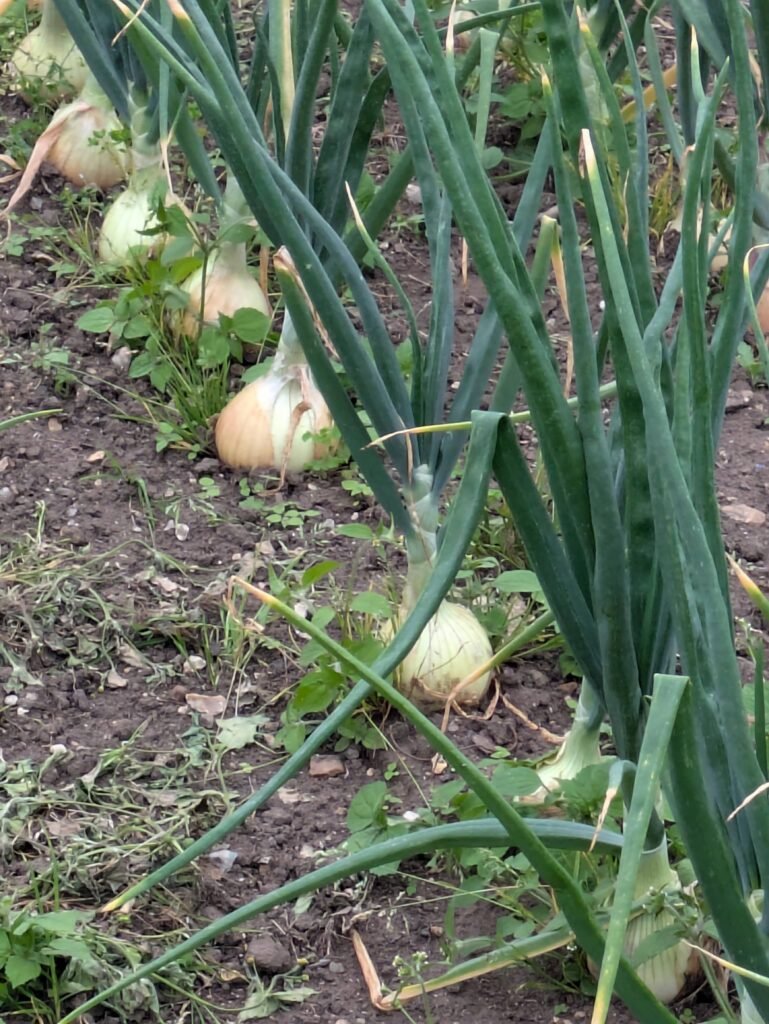
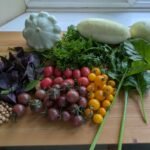



Leave a Reply